
HAZMAT Safety
Reporting
From NASA's Aviation Safety Reporting System

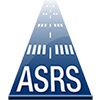
 Ground / Station Operations
Ground / Station Operations Dispatchers
Dispatchers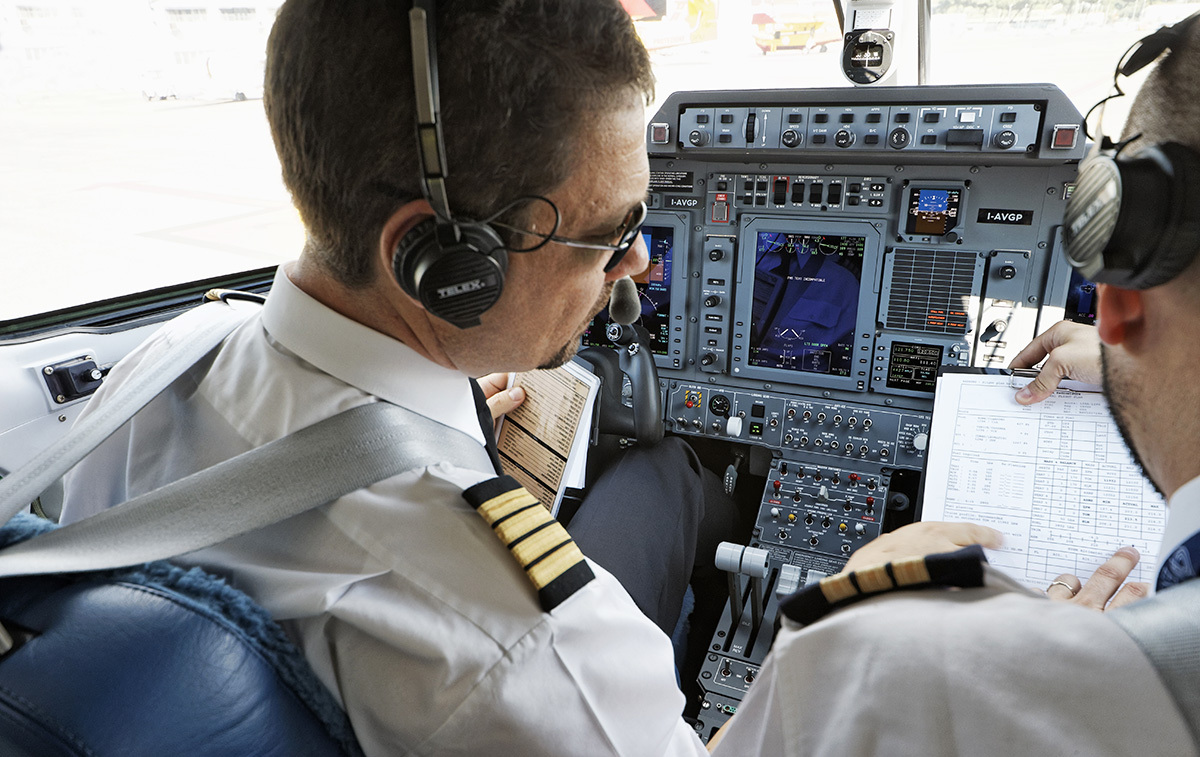 Flight Crew
Flight Crew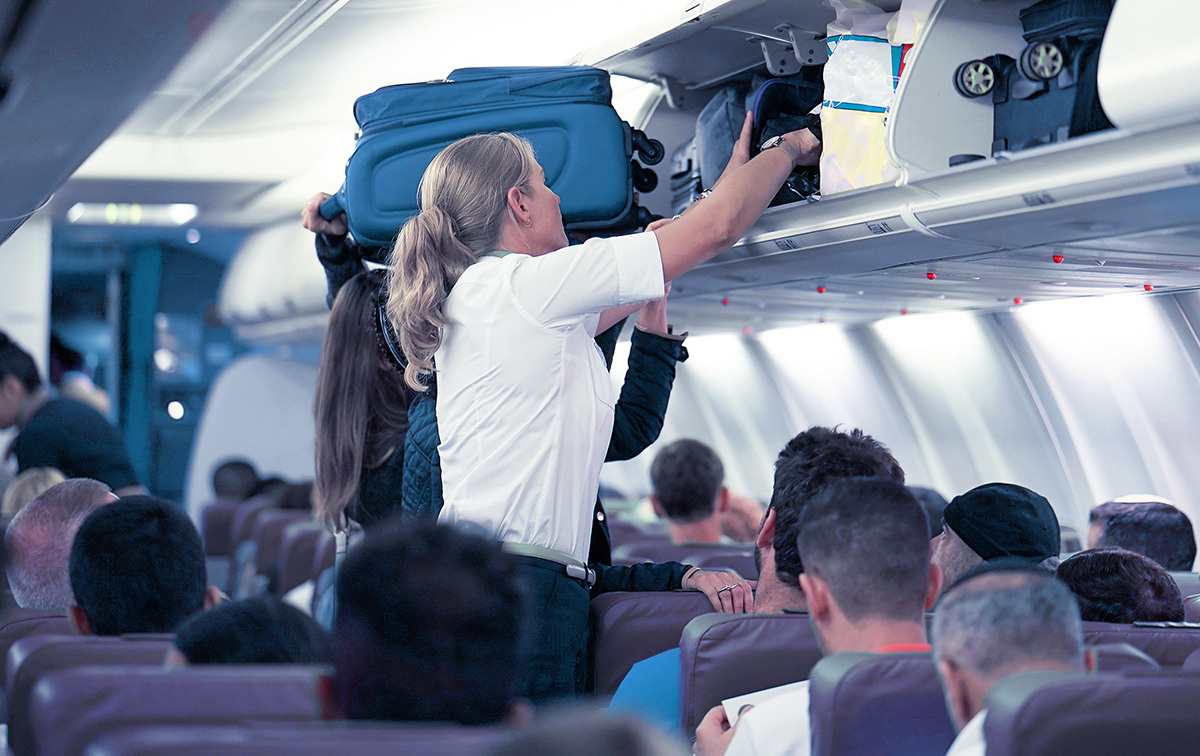 Cabin Crew
Cabin Crew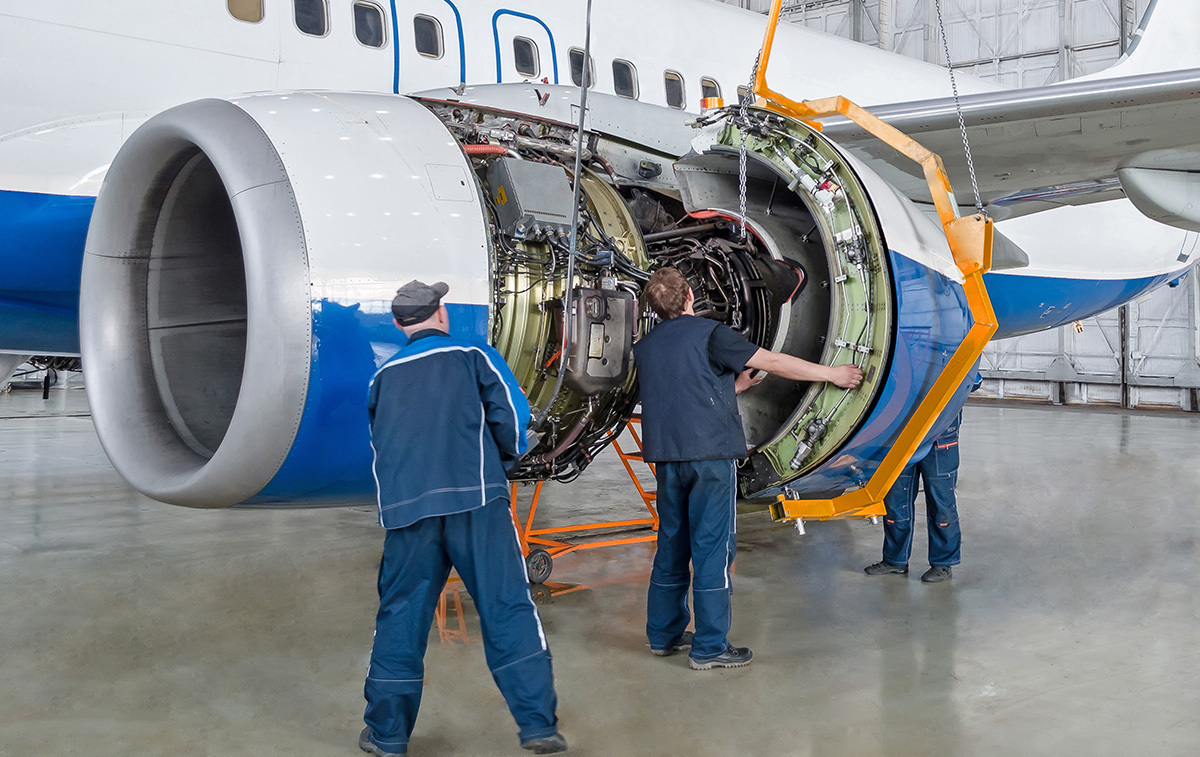 Maintenance
Maintenance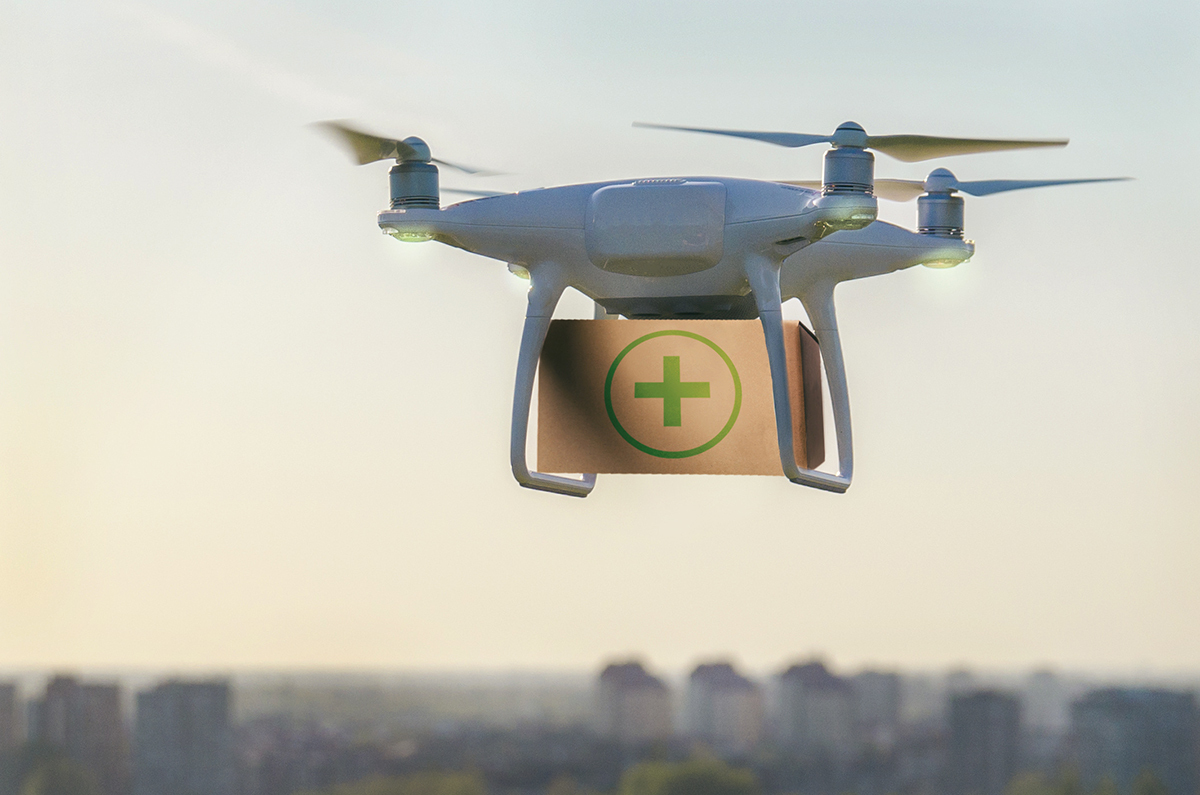 UAS Operators
UAS OperatorsASRS welcomes reports related to HAZMAT (Dangerous Goods) such as:
- Loading compatibility, configuration, & segregation
- Placement & tie down
- Quantity limits
- Incomplete / missing documentation
- Labeling, marking, & packaging
- Lithium batteries (including smart bags, wheelchairs)
- Passenger baggage containing dangerous goods
- Unmanned Aircraft Systems (UAS) / drone cargo issues
- Human factors (e.g. communication breakdown, fatigue, & time pressure)
-
The following should not be reported to the ASRS program:
- Accidents
- Criminal Activity
The information you provide is kept CONFIDENTIAL
The ID strip containing your name, address, phone number is removed and sent back to you by U.S. mail as proof of submission. Your report is deidentified, and personal references are removed, and dates / times / locations are generalized. NASA will not reveal your identity.
When in doubt, fill it out! CONTRIBUTE to aviation safety
Share lessons learned with others to prevent accidents and help make HAZMAT-related operations safer. The FAA offers protection against civil penalty and certificate action in exchange for your valuable safety information (see FAA Advisory Circular 00-46F).
Tips for Excellent Reporting
Providing detailed and complete reports is vital to making the aviation community and National Airspace safer. To ensure you are submitting a report that would result in a safety improvement, please consider the following questions when writing your ASRS narrative:
- What types of hazardous materials / dangerous goods were involved?
- Where was the HAZMAT located (e.g., cabin, cargo)?
- What is your job title / job function? How many years of experience do you have in that role?
- Who was involved in the event? What was each person's involvement?
- What were the contributing factors (e.g., time pressure, communication breakdown, training, procedures)?
- What was the outcome / result (e.g., flight delayed, damage, injury)?
- How could this be prevented? Provide ideas for corrective actions, improvements, or suggestions.
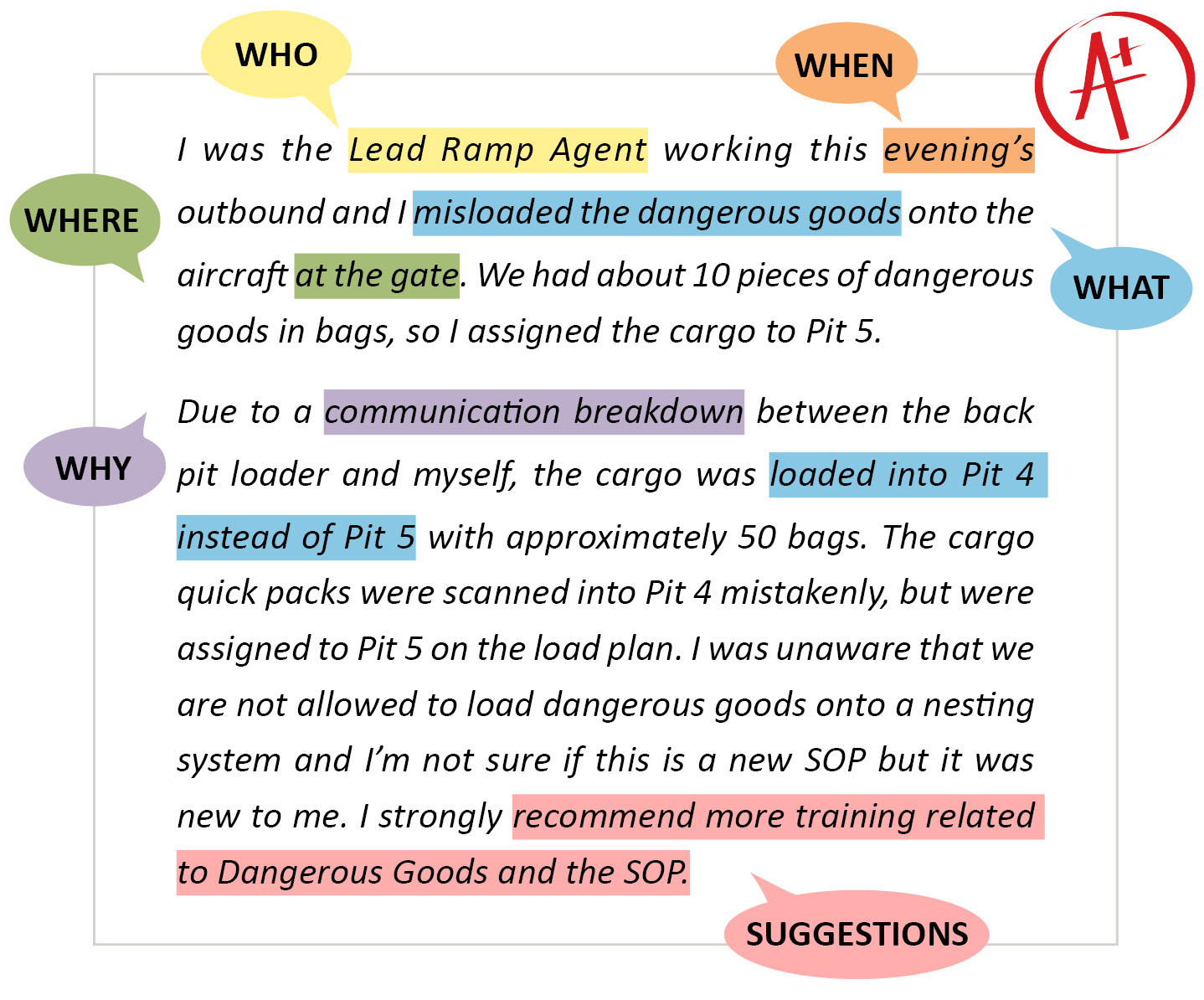
ASRS FAQs
The ASRS is a voluntary, confidential, non-punitive, safety reporting system that receives safety reports from pilots, air traffic controllers, dispatchers, cabin crew, ground personnel, maintenance technicians, and UAS operators.
ASRS has been a part of the aviation safety culture and has served the aviation community since 1976. ASRS receives over 90,000 safety reports annually from various users of the National Airspace System. These reports describe unsafe occurrences, hazardous situations, and lessons learned to help prevent others from making the same mistake.
All reports are held in strict confidence and de-identified by ASRS safety analysts. The resulting sanitized aviation safety data is shared with the aviation community.
An ASRS report form includes three sections:
Return Receipt (ID Strip)
In this section we ask for your name, address, and phone number. NASA may use the contact information to get in touch with you if additional information about the event is needed. The ID Strip is then removed and will be mailed (via USPS) to you as proof that your report has been processed. NASA does not retain any personal information provided on the ID Strip. You may need to show the ID Strip as proof of submission, so keep it in a safe location.
Event and Operational Information
This section asks for background information and general event characteristics such as weather, location, and details about your incident. For Ground Ops personnel filling out the General Form, not all fields will apply. Answer the questions as best you can, but it is ok to leave a question blank if it does not apply. Be sure to complete the ID strip and Narrative section.
Narrative
This is a section for explaining what happened in your own words and any safety lessons you may have learned from the experience. Provide enough details to answer: WHO was involved, WHAT was the event, WHERE did it occur, WHEN did it occur, WHY do you think it happened and HOW could this event be prevented in the future?
There are many reasons to provide information about the HAZMAT event or situation that you experienced. NASA and other members of the aviation community are committed to improving aviation safety. Through conducting research and analysis of reports, ASRS can share:
- Lessons learned which can help prevent others from making the same mistake.
- Best practices or system-wide improvements to procedures, checklists, and safety briefings to support safe HAZMAT operations.
Your information may also be used to create aviation system-wide improvements to training, software, and procedures that may help resolve HAZMAT issues and improving safety.
The FAA offers protection against civil penalty and certificate suspension in exchange for filing an ASRS report as this is indicative of a constructive attitude which will tend to prevent future violations (see Advisory Circular 00-46F). However, reports regarding accidents and criminal acts such as reckless endangerment or criminal mischief are excluded from the protections offered by the FAA. You can report to ASRS at any time, but in order to receive protection from the FAA, your report must be submitted within 10 days of the event, or when you first became aware of the event.
No, filing an ASRS report does not fulfill FAA mandatory reporting requirements under Hazardous Materials Regulations (e.g. 49 CFR 171.15, 171.16, 175.35, etc.)
- NASA de-identifies your report to protect your confidentiality. Names (including company names), dates, and times will be removed or generalized, and any other identifying information will be removed or de-identified.
- NASA ASRS Expert Analysts may call you to obtain additional information to help us understand the safety issue.
- NASA ASRS will remove the Identification (ID) Strip at the top of your report, date stamp it, and return it to you by U.S. Mail.
- Retain the ID strip as your proof of report submission.
You have two secure options to submit your report. Click on either icon below to get started.
Questions or feedback?
Do you have more questions about HAZMAT Safety Reporting or feedback about the ASRS report form? Contact Us
Webmaster: Mariana Carmona | NASA Official: Becky L. Hooey
NASA ASRS | NASA.gov | NASA Ames | Privacy | Accessibility